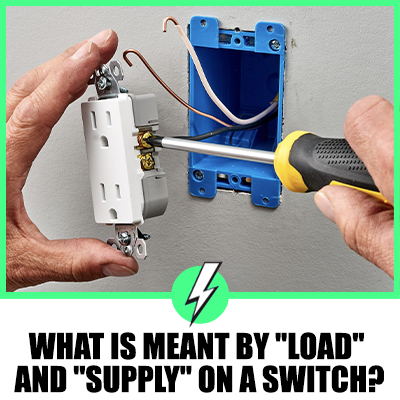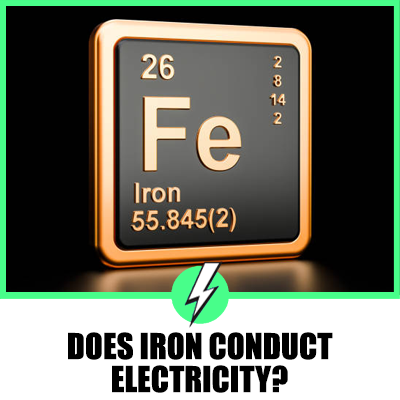What Is The Difference Between Heat Shrink Tubing And Electrical Tape?
Which is best and more convenient for protecting exposed or spiced wires in an electrical circuit?
Electrical tape has been around for decades and has evolved from the standard black tape into an array of colours and especially those colours used in electrical wiring. Both have their distinct advantages when it comes to insulation protection. Heat shrink tubing offers better environmental protection.
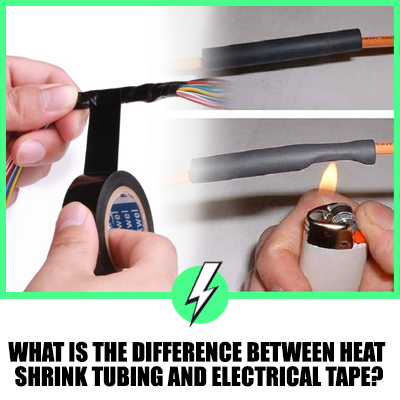
Contents
Is a shrink tube better than electrical tape?
It depends on the application. A heat shrink tube is a great product but is it great for working on home electrical circuits? Yes, it is great, but it has a drawback.
When electricians are working on a circuit, the power is normally off, so how will you heat the shrink tube?
Using a cigarette lighter is hit and miss, and it’s not what is recommended for shrinking heat tubes. It adds an element of fire safety when working in a domestic or industrial setting.
Alternatively, you can carry electrical tape in your top pocket and wrap it around the exposed cable for perfect insulation.
Electrical tape comes in electrical colours: brown for live, blue for neutral, green, and brown for the earth. In some applications, you can use red and black for some wires to indicate if they live or neutral.
Where can I use heat shrink tubing?
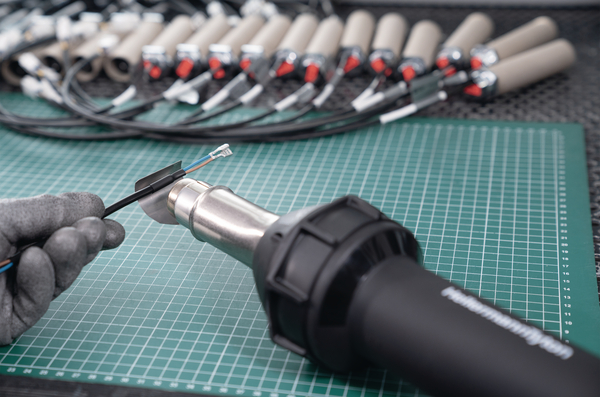
You can use heat shrink on any exposed wire or any wire that has been repaired or extended. Heat shrink provides a tight grip on insulated cables and makes a neat solution to cover exposed wires.
Heat shrink tubes are widely used in the automotive industry. The heat shrink tube seals tightly around the cable to make a waterproof cable repair.
It’s perfect for adding lights or sensors to a car’s wiring loom or even adding dash cams. In this application, the heat tube is perfect and should be the first choice as an insulator.
Where can I use insulation tape?
In all the same applications as heat shrink. But, insulation tape does have a drawback when it comes to moisture. The adhesive is not made for outdoor use, and once wet, the insulation tape adhesive will lose its adhesion properties and eventually come off, leaving exposed wires.
Using insulation tape on home electrics is ideal for insulating exposed cables.
There are no special tools needed to use insulation tape, giving it a slight advantage in some areas over shrink tubes.
How do you select heat shrink tubing?
How do you select the right size of shrink tubing, so it makes a tight impenetrable seal around a cable?
This is how you are advised to select heat shrink tubing:
- You will need to determine the tubing diameter by measuring the size of the cable you want to use the shrink tube on. You must measure the widest part and not the exposed copper wire unless the wire has been spliced and is now thicker than the insulation around the wire.
- Determine the shrink ration of the selected shrink tubing, this can be hit and miss, and you may need to practise to get the best shrink tube for your application.
- Estimate the wall thickness of the shrink tubing that is required for the protection of the cable
- You will need to measure the length of shrink tubing needed to cover the exposed wire adequately.
How do you select insulation tape?
Buy the best brand you can afford. Vinyl insulation tape has good abrasion qualities and is the preferred choice of many electrical contractors.
Vinyl insulation tape is easy to work with and adheres well to cables. The vinyl is long-lasting and provides perfect insulation when used indoors.
How insulating is the electrical tape?
Insulating tape insulates very well against the electric current but should not be used while the circuit is live as this may result in electrocution.
Electrical insulation tape is designed to prevent electricity from passing from exposed wires through the insulation of the tape.
Can you use duct tape as insulation tape?
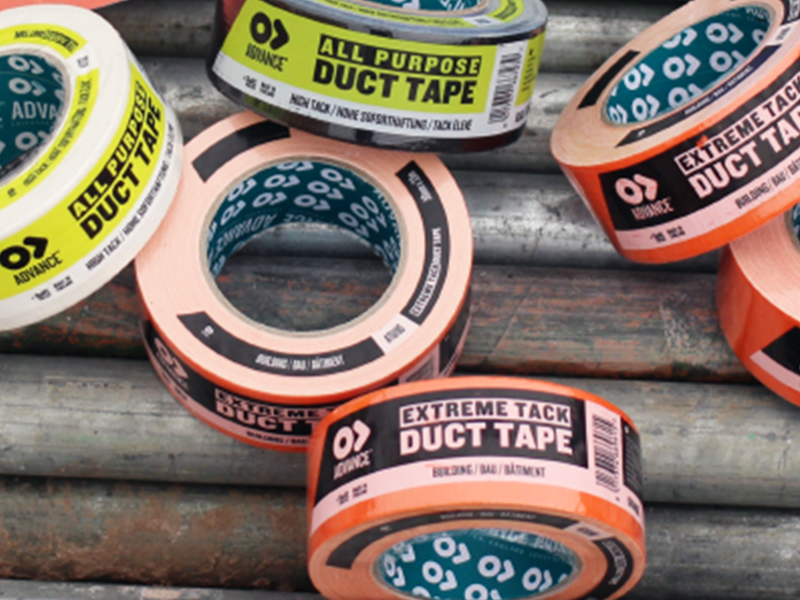
No. Duct tape has no insulating properties whatsoever and should not be used to cover exposed wires. Duct tape could cause a fire in some circumstances.
How long will electrical tape last?
Insulation tape has a remarkably long life span when used in the correct environment, such as no water exposure.
On average insulation, tape lasts effectively up to 5 years before the adhesive loses its adhesion properties.
This happens through normal tape degradation caused by heat and physical stresses on the tape when wrapped tightly.
Exposure to UV rays from sunlight will expedite the degradation process of the insulation tape.
How long does heat shrink last?
In a similar environment to insulation tape, heat shrink can last indefinitely and degrades with UV sun rays.
Shrink tubing is more resilient and abrasion-resistant than insulation tape and, when used in the right environment, can provide a superior solution to insulation tape.
Can you reuse heat shrink?
No, once the heat shrink tube has been heated and contracted into place, the heat shrink tube has lost its properties and needs to be discarded.
This is a slight disadvantage of heat shrink over insulation tape that can be rewrapped if done immediately.
Will a hair dryer work for heat shrink tubing?
It depends on how hot the hairdryer can get, it’s not the ideal way to heat shrink tubing, but it can work if the hairdryer is on the hottest setting and held close to the heat shrink tube.
Which is the best heat shrink tubing or insulation tape?
They both have their applications, and depending on what you are doing, they both have their benefits.
For speed, use the insulation tape. It lasts a long time and is easy to use.
For a tight, abrasion-resistant seal, the heat shrink tube is the clear winner out of the two products, but the heat shrink takes more time, and time is money.
